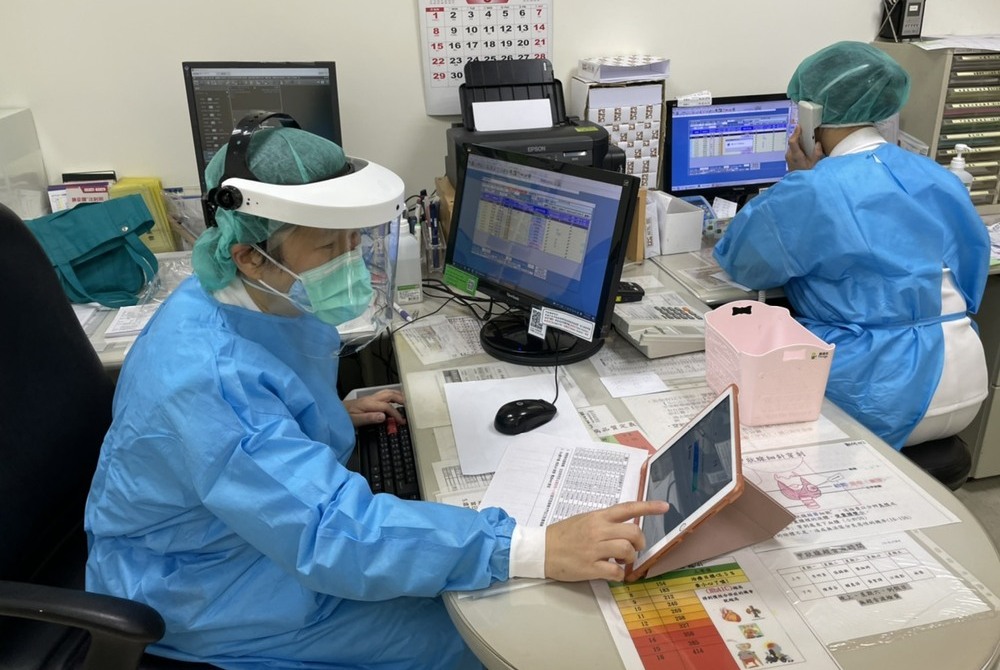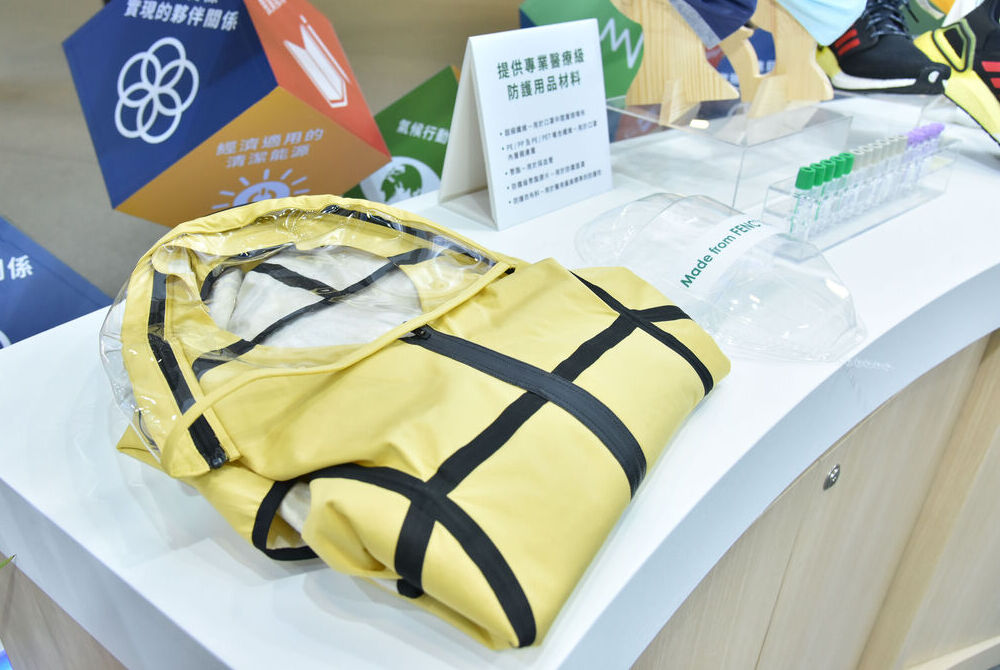Cyber-Physical Integration with Smart Healthcare



The Taiwanese government raised the COVID-19 epidemic alert to level 3 in May 2021 and Far Eastern Memorial Hospital was confronted with the dilemma of reducing patients’ hospital visits while retaining their trust. Back in 2020, the hospital already initiated the telemedicine service for remote villages and offshore islands with Far EasTone Telecommunications Co., Ltd. During the pandemic, the hospital supported Health Administration’s policy to expand telehealth and introduced the telemedicine app, which integrates in-person visits and teleconsultations. The app offers ease and convenience with high-level security protection. The app allows patients to book appointments and receive teleconsultations, helping them to receive the proper care needed amid the pandemic.
In mid-May, Far Eastern Memorial Hospital’s telemedicine service included 20 departments and offered 86 appointments a week. Within a month, the service was expanded to 27 departments offering 250 appointments a week. Ten weeks after the service began, the hospital has provided this service to over 8,800 patients. During the peak of the pandemic, teleconsultations accounted for 10% of the total appointments at the hospital. In order to launch the service with speed, the hospital mobilized the healthcare, nurse and administrative teams to form on-site and off-site telemedicine teams to provide telecare daily.
In anticipation of changes to come in the post-pandemic era, Far Eastern Memorial Hospital is looking ahead with the plan to bridge the distance between the hospitals and communities and providing more timely and effective healthcare services with telecare for patients with chronic diseases. When the pandemic first erupted, the cohort of telemedicine users fell between the ages of 30 and 40 as well as over the age of 65. As the pandemic eases, seniors over 65 years of age remain active users, a sign that telemedicine has become a staple in an aging society.









